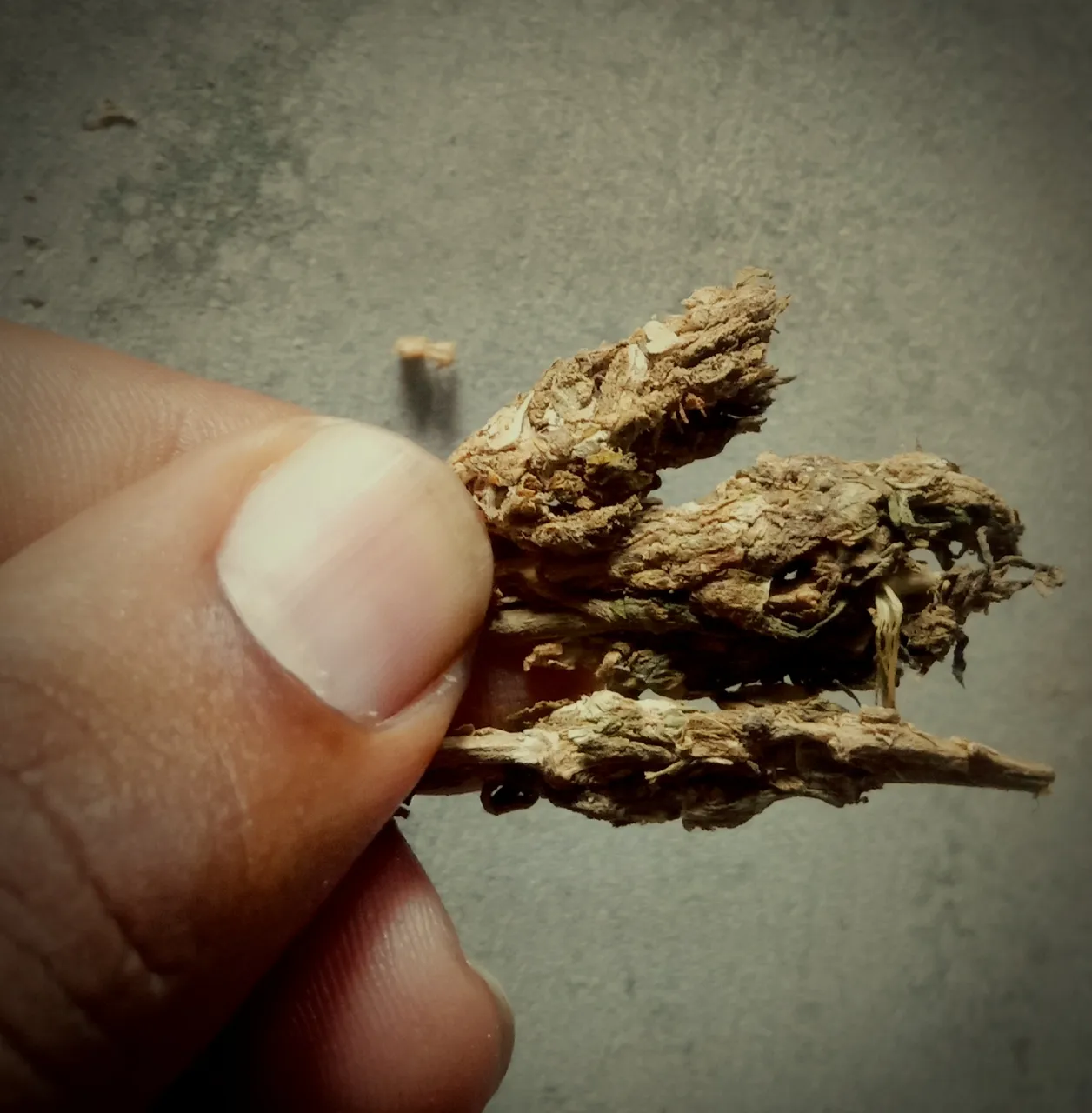
The quick development of the outsider obtrusive P arthenium hysterophorus is another rural and ecological issue for N epal. Despite the fact that the weed was first recorded in 1967, the most noteworthy development has happened over the most recent 20 years. The weed is thought to have entered Nepal from India and presently is found in the T arai, S iwalik and h sick districts of N epal. A CLIMEX demonstrating projection has demonstrated these locales to be climatically reasonable for the development of P . hysterophorus , both under the present and a future anticipated expanded temperature. From the at first attacked side of the road vegetation, the weed has now spread into trimming area and woods. Vehicle development and transportation of farming items are the principle implies by which its seed is spreading. The weed has diminished plant species extravagance and changed species organization in fields, while grain authorities have created contact dermatitis from the plant. Until this point in time, no supportable administration technique has been created for this weed. Be that as it may, the serendipitous appearance of the organic control operators Z ygogramma bicolorata and P uccinia abrupta var. partheniicola has had some effect upon the weed's development and bounty. A CLIMEX demonstrating projection recognizes numerous reasonable areas for Z . bicolorata outside of its current range and inside territories where the weed is probably going to spread, both under the present and under a future anticipated atmosphere of expanded temperature. Planning of the at present attacked territories, the board through network association and further arrivals of new and redistribution of current natural control specialists are required to oversee P . hysterophorus in N epal.